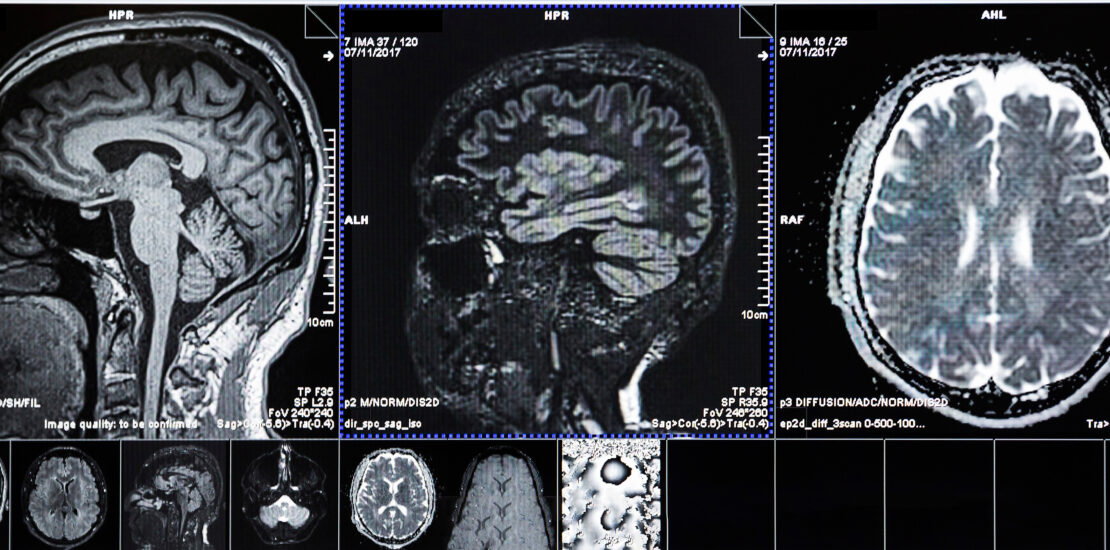- June 11, 2021
- Posted by: American Surgical
- Category: Neurosurgery

Structure Of The Spine
The spine is made up of vertebrae, and it is the major support structure of the human body. It supports body weight and links the various parts of the skeleton, including the head, chest, arms, and legs. The spine is flexible thanks to elastic ligaments, facet joints, and spinal discs, despite being made up of a chain of bones. Intervertebral discs and facet joints between the symmetrically arranged vertebrae not only enhance the strength and flexibility of the spine but also allow the spine to move. This structure, which spans from the skull to the coccyx, encloses the spinal cord, an essential element of the nervous system.
Surgical Specialties Interested In Spine
There are two surgical specialties that are concerned with the spine: Neurosurgery and Orthopedic Spine Surgery. Neurosurgery focuses on the diagnosis and treatment of injuries to, or diseases of the brain, spinal cord, spinal column, as well as peripheral nerves, and their blood supply in both children and adults. Neurosurgery residency training in the United States takes seven years following medical school. It outnumbers all other medical and surgical specialties in terms of duration.
Orthopedic Surgery, on the other hand, is a surgical specialty that focuses on the diagnosis, prevention, and treatment of musculoskeletal diseases, disorders, and injuries using medical, surgical, and physical procedures. Orthopedic Surgery residency training consists of a minimum of five years of postgraduate education. An additional one year of fellowship is necessary to become an Orthopedic Spine Surgeon.
Neurosurgeons keep their focus more on the neurological system, whereas the center of attention is more on the musculoskeletal system for orthopedic surgeons, as can be expected based on the contents of two specialty training.
Because the spine comprises one of the most essential elements of the central nervous system, as well as it is structured with the surrounding bone, joint, and connective tissue, a variety of clinical signs and symptoms may be originated from the spine. In the treatment of some of these clinical problems, surgical alternatives become more prominent. Of course, depending on the source of the clinical problem and the surgical treatment to be applied, open surgery or minimally invasive surgical methods may be required.
Performing Surgery On Or Near the Neural Tissue in Neurosurgery
In the case of surgical intervention on or near the neural tissue, besides the surgical method to be applied, the importance of surgical technique, equipment to be used, and infrastructure is increasing. Whether it is open surgery or minimally invasive methods, it is of great importance to protect the nerve tissue and ensure that it is not damaged. In this context, Cottonoid® (also called a neuro pattie, paddie, or neurosurgical sponge) which is primarily made of cotton or rayon, becomes a key element for absorption, fluid management, tissue protection, and dissection in neurosurgical procedures. Cottonoid® (also known as neurosurgical patties, neurosurgical paddies, neuro patties, neuro sponges, or surgical sponges) is also widely used during spine surgeries since Cottonoid® sizes and shapes vary depending on the surgical needs.

